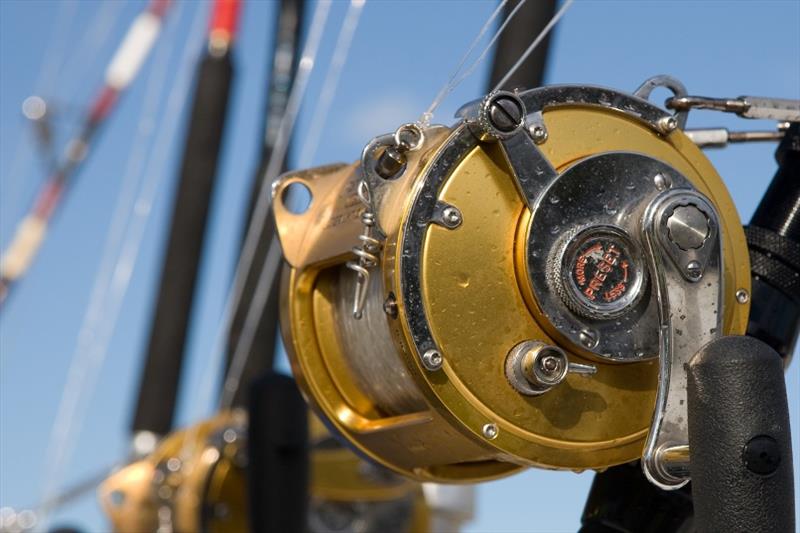
National Fishing and Boating Week: A good time to wet a line
by NOAA Fisheries 7 Jun 2018 16:25 UTC

National Fishing and Boating Week © NOAA Fisheries
This week kicks off National Fishing and Boating Week which, for me personally, is a great week to celebrate. I love saltwater fishing, especially in my home state of Texas as well as my other home state of Alaska.
There is nothing better than being out on the water with friends and family, casting and hoping for a bite on the other end. And, in my job as the director of NOAA Fisheries, I also see this as a great week to take stock of where we are today with saltwater recreational fishing. The bottom line is... healthy fish populations are essential for great days fishing with friends and family—and U.S. fish stocks haven't been this healthy in decades.
Here's how we know. NOAA Fisheries' annual "Status of the Stocks" report indicates the number of U.S. fish stocks that are "overfished" (too few fish of a particular species) is at an all-time low. It also tells us that "overfishing" (the number of fish stocks with too many fish being caught each year) remains near record lows. For recreational fishermen, there is even better news–the status of a number of recreationally important species has improved.
Gulf of Mexico red snapper and gray triggerfish along with Pacific yelloweye rockfish have been removed from the overfished list; Atlantic sailfish and other species have seen an end to overfishing; and bocaccio, along the southern Pacific coast, have been rebuilt. The 2017 report highlights that the collective work of fishermen, fishery managers, and scientists to maximize fishing opportunities while ensuring sustainable fish populations is paying off.
Life on the water and under the water is getting better, and NOAA Fisheries and recreational fishermen are working together more closely than ever to make sure it stays this way. In late March, NOAA Fisheries and the Atlantic States Marine Fisheries Commission held a national summit with 100 leaders from the marine recreational fishing community to discuss how to collaborate and improve recreational fishing opportunities.
Important and emerging issues were discussed, such as innovative fishery management practices, electronic reporting of recreational catches, the importance of socioeconomics in fishery management, and improving conservation efforts. U.S. Commerce Secretary Wilbur Ross and Acting NOAA Administrator Tim Gallaudet joined the group of knowledgeable fishermen and emphasized the many ways in which the Department of Commerce supports saltwater recreational fishing and fishing's importance to the nation. We are now working hard to put what we learned into action.
Remember, it's not just this week that we celebrate recreational fishing and boating – it's every week. And NOAA Fisheries is proud to do our part to provide opportunities and, hopefully, memorable experiences for saltwater anglers everywhere.